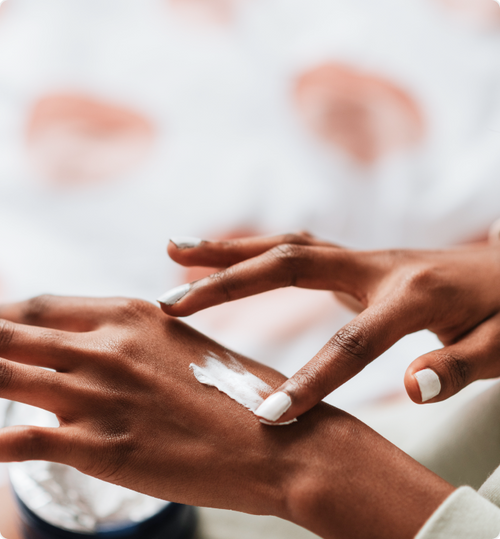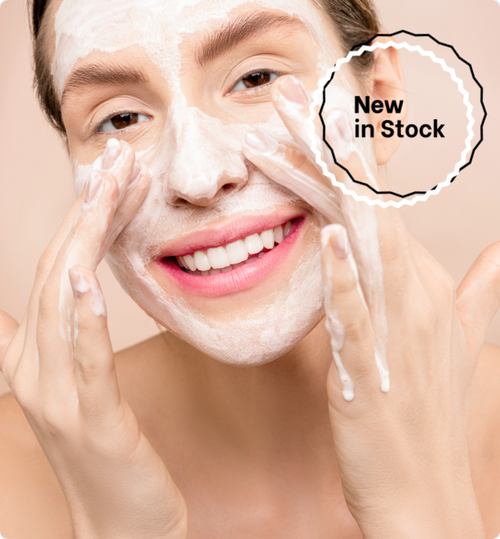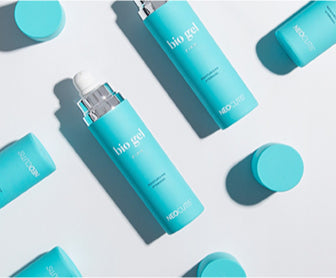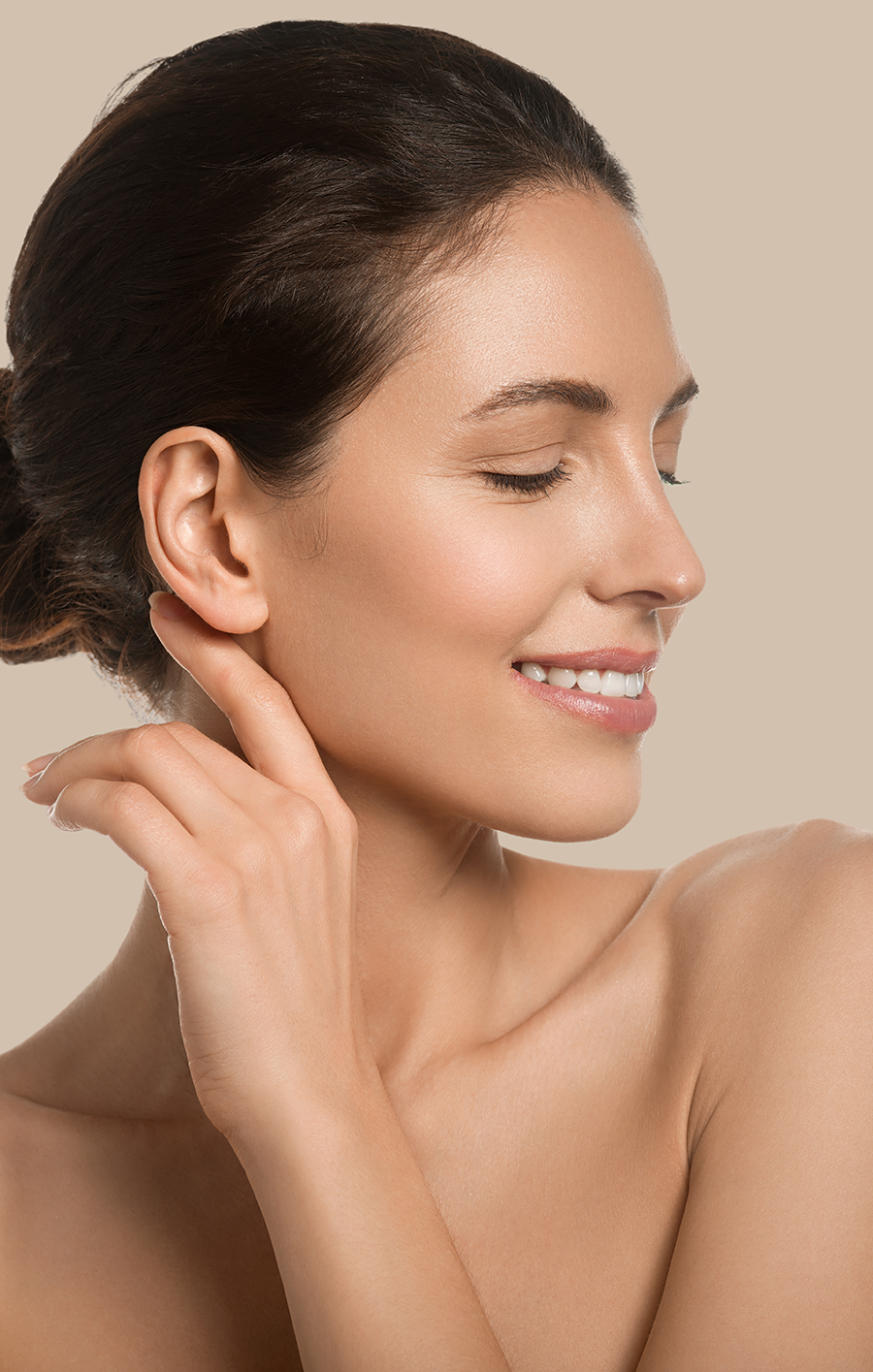Alpha-Hydroxy Acids (AHA) in Skincare: Benefits & When Not to Use Them
If you're looking for effective skincare ingredients, alpha-hydroxy acids (AHA), glycolic acid, and lactic acid are worth considering. These skincare ingredients have been proven to offer a range of benefits to the skin. However, they may not be appropriate for all skin types. In this blog, we'll explore the benefits of these skincare ingredients, the skin types they may not be suitable for, and how to incorporate them into your skincare routine.
What are Alpha-hydroxy acids (AHA)?
Alpha-hydroxy acids (AHA) are a group of water-soluble acids derived from fruits and milk. The most commonly used AHAs in skincare are glycolic acid, lactic acid, mandelic acid, and citric acid. AHAs work by breaking down the bonds that hold dead skin cells together, allowing them to be easily sloughed off, revealing brighter, smoother, and more even-toned skin.
Benefits of Alpha-hydroxy acids (AHA) in Skincare
- Exfoliation: AHAs gently exfoliate the skin, helping to remove dead skin cells and promoting cellular turnover, resulting in a brighter and smoother complexion.
- Hydration: AHAs can help to improve the skin's moisture levels by attracting water molecules to the skin, keeping it hydrated and plump.
- Anti-aging: AHAs can help reduce wrinkles by stimulating collagen production in the skin.
What is Glycolic Acid?
Glycolic acid is a kind of AHA that is derived from sugar cane. It has a small molecular size, which makes it an effective exfoliant. Glycolic acid is often used in skincare products to address hyperpigmentation, acne, and signs of aging.
Benefits of Glycolic Acid in Skincare
- Exfoliation: Glycolic acid is an effective exfoliant, sloughing off dead skin cells and revealing brighter and smoother skin.
- Hyperpigmentation: Glycolic acid may help reduce dark spots and uneven skin tone by gently breaking down the bonds that hold dead skin cells together, revealing fresh, even-toned skin.
- Acne: Glycolic acid can help unclog pores, reducing the appearance of black and whiteheads and preventing future breakouts.
What is Lactic Acid?
Lactic acid is another type of AHA that is derived from milk. It has a larger molecular size than glycolic acid, which makes it a gentler exfoliant. Lactic acid is often used in skincare products to address hyperpigmentation, dry skin, and signs of aging.
Benefits of Lactic Acid in Skincare
- Exfoliation: Lactic acid is a gentle exfoliant that is great for removing dead skin cells to reveal brighter and smoother skin.
- Moisturizing: Lactic acid can help to improve the skin's moisture levels by attracting water molecules to the skin, keeping it hydrated and plump.
- Hyperpigmentation: Lactic acid can help to fade dark spots and even out skin tone by gently breaking down the bonds that hold dead skin cells together, revealing fresh, even-toned skin.
Skin Types that Alpha-hydroxy acids (AHA), Glycolic acid, and Lactic acid may not be Appropriate for
While AHAs, glycolic acid, and lactic acid offer many benefits, they may only suit some skin types. These skincare ingredients can irritate sensitive skin, and people with dehydrated skin may find that they exacerbate their skin condition. Individuals with eczema, rosacea, or psoriasis should avoid using AHAs, glycolic acid, and lactic acid, as they can further aggravate these conditions.
How to Incorporate Alpha-hydroxy acids (AHA), Glycolic acid, and Lactic acid into Your Skincare Routine
If you're curious about incorporating AHAs, glycolic acid, or lactic acid into your skincare routine, it's a good idea to start slowly. A great way to test how your skin will fare with these ingredients is to test a small, inconspicuous area of your skin before applying it all over. Here are some tips to consider:
- Start with a low concentration: Begin with a product with a low concentration of the active ingredient, and gradually increase the strength as your skin adjusts.
- Use SPF: AHAs, glycolic acid, and lactic acid could make the skin more sensitive to the sun's UV rays, so it's wise to use SPF daily to protect it from UV damage.
- Alternate with other exfoliants: To prevent over-exfoliation, it's best to alternate your AHA, glycolic acid, or lactic acid product with other exfoliants such as physical scrubs or enzymes.
AHAs, glycolic acid, and lactic acid are excellent skincare ingredients that offer numerous benefits to the skin. With proper use and gradual introduction, these ingredients can help you achieve a smoother, brighter, and more youthful-looking complexion. Shop a variety of premium skincare products with AHAs here.







Leave a comment